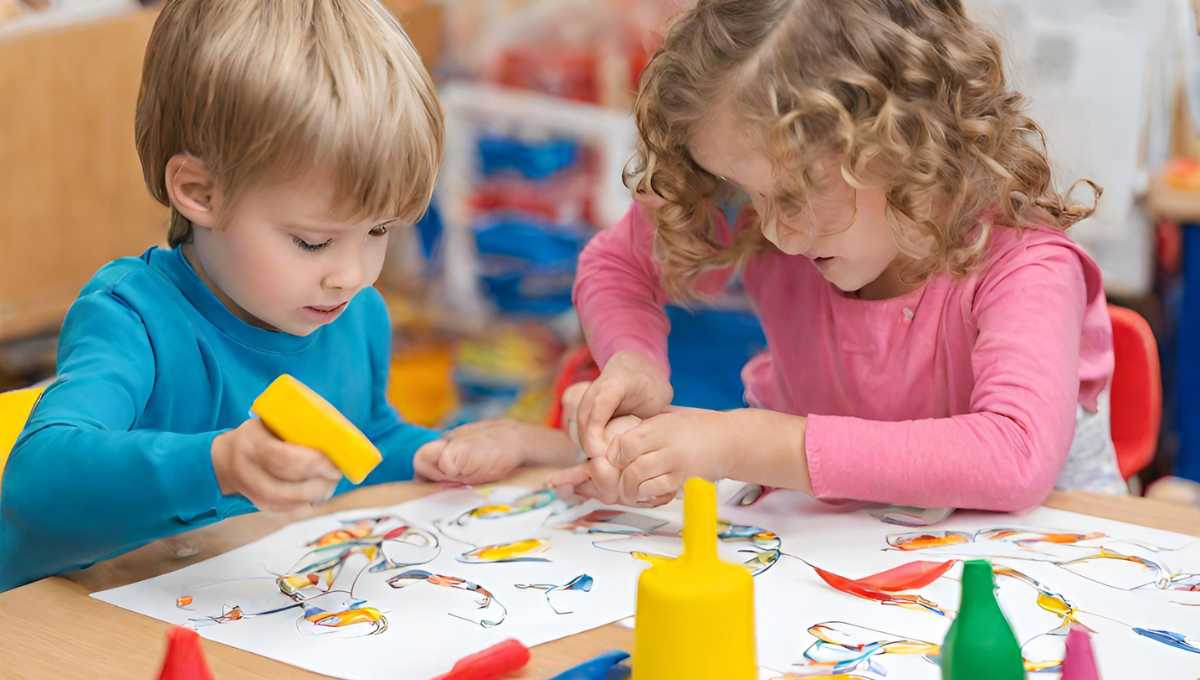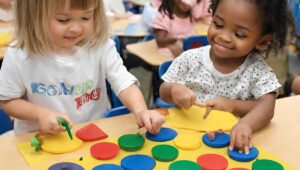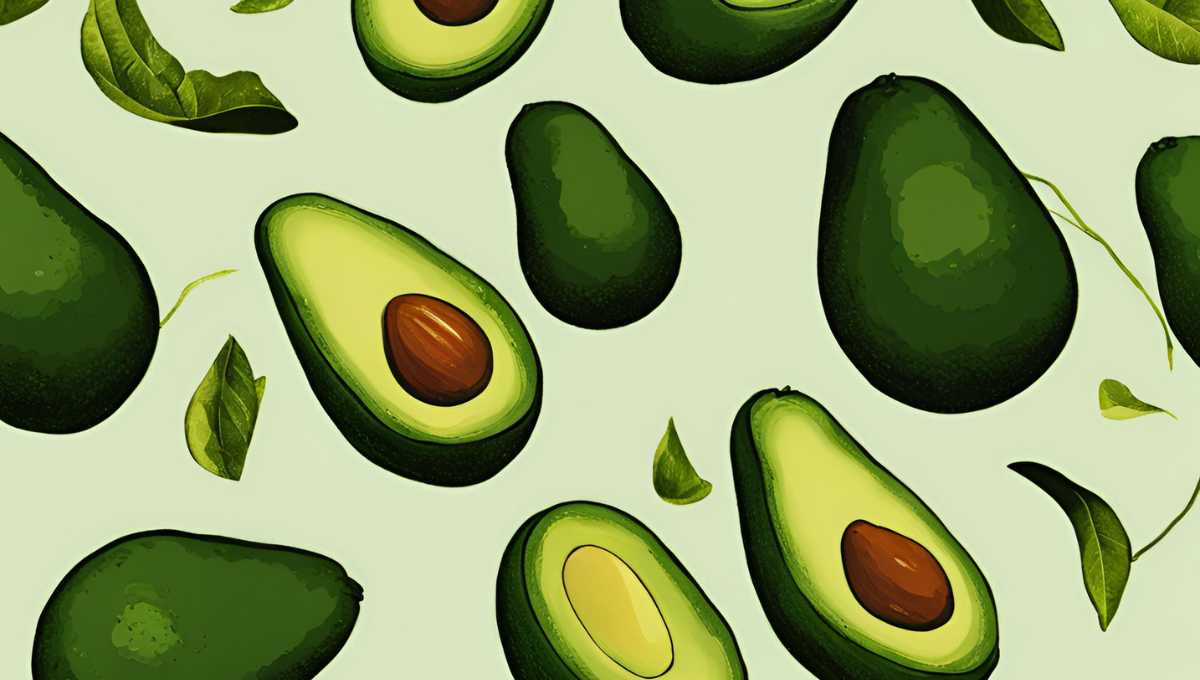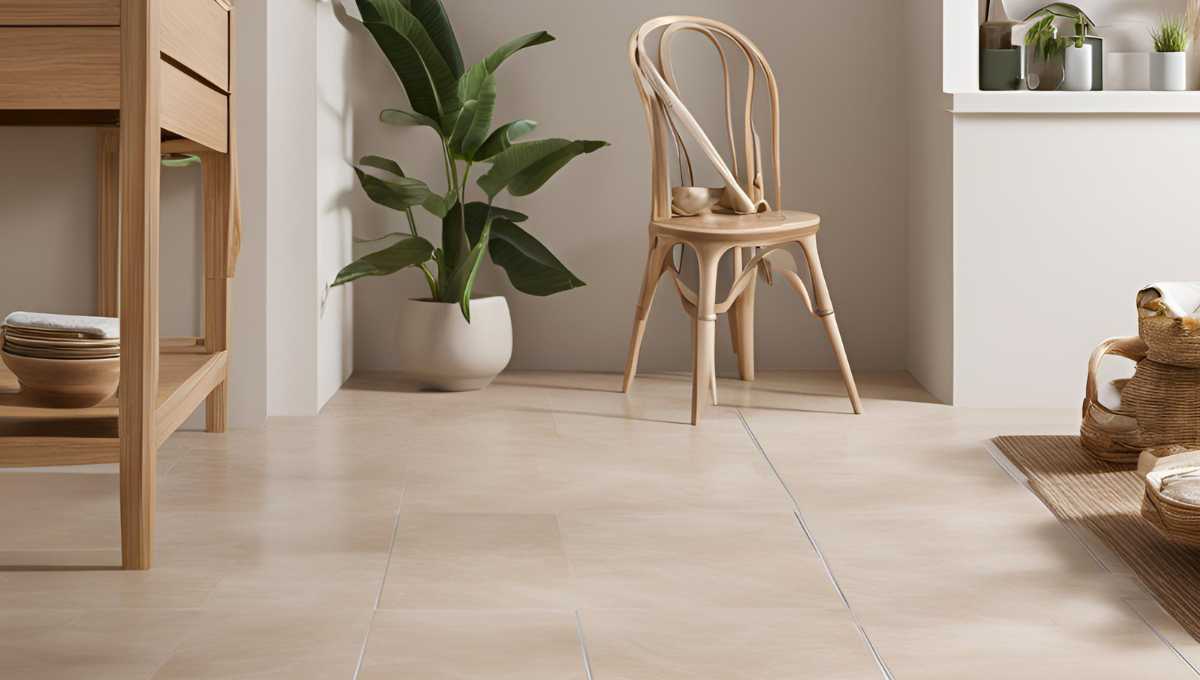Everyday preschool activities
Hello everyone, today I’m going to be sharing our preschool activities with you. After every activity, I make sure the child puts all of the activities away to teach order and discipline.
Sorting
Sorting is an essential skill for preschool because the child is going to learn visual discrimination, and visual discrimination is something that is needed for all areas in preschool and beyond. As a child is learning different letters, they need to be able to tell the difference between letters and numbers, and this activity also helps with concentration.
In This Post
Toggle
Practice cutting skills
The child is going to stay in a straight line. It starts quickly with straight lines, and they’re going to try their best to keep on those straight lines. So I help the child learn how to hold the scissors correctly, and then I tell the child to open and close, open and close, and to stay on the line as they do that. This is going to take practice, and this is not something that young children are going to learn magically. It is something that needs to be taught, and so it’s essential to start teaching this in preschool.
Try to sort the correct manipulative disc into the correct cupcake liner
I have divided the tray with some silicone cupcake liners. Yours don’t have to be silicone; you could use anything, even paper if you wanted. Then, I put manipulatives in the middle there, and they correspond to the cupcake liner colors. These are interlocking discs and they’re like flower block type things. Once you have that, your child is then going to try to sort the correct manipulative disc into the correct cupcake liner and the corresponding color for that.
Correct color circle is a preschool activities
- You’re going to need a blank piece of paper.
- some dot markers.
- and some regular markers in corresponding colors.
- You’re going to go ahead and draw some circles.
- one circle in each of the colors.
- You could do all the same size circles.
- you could do different size circles.
- you could do this however you wanted.
Once you have that all done,
- you’re going to have your child take dot markers and either try to do dots in the correct color.
- or you can tell them to tell you what color dot marker they chose and then ask them to do a specific number of dots in that ring.
- So, for example, there I said do three in the blue, and she did three.
- She’s next picking purple and she says purple.
- and then I tell her how many dots she should do.
- and she does the corresponding dots in that circle.
- So again, you can do it that way, or you could have them.
- if they’re not in the preschool age,
- they’re more of the toddler age.
- then you could just have them dot the colors into the correct color circle.
- I always like to add as much learning as possible to these activities.
Then, for a similar paper activity, you’re going to take a piece of paper with those dot markers. Here, I am using corresponding colors to dot stickers, so I’m using blue, green, red, and yellow here. And then I’m taking these, and I’m going to do shapes, so I’m doing circle, square, triangle, and star here in the colors, and then she is going to take the dot stickers and put them in the corresponding color that they belong in. So here, my extra learning is shape, and every time she puts a dot in the color, I try to have her tell me the shape as well. If you have stickers with backings on them, make sure you take that negative space out of them so that it’s easier for them to grab the stickers independently.
An preschool activity with counting Bears
If you do not have counting Bears, you can use another manipulative, but I took corresponding construction paper to the colors of counting bears that I have. I told her that my bears were in a swimming pool, and they each needed to go on their colored diving board, just trying to frame it up in a fun way. So, once I had that setup, then she went ahead and tried to pull the bears out of the pool and put them on the diving board of their color. So that is this activity. Again, you can use any manipulative if you want. You don’t have to do counting Bears if you don’t have them, just something with a varied range of colors.
Building boxes out of some Magna tiles
If you don’t have those, you could use just blocks; you could use Tupperware, you know, whatever. But of a color and then I am taking corresponding pom-poms to those colors, just a manipulative again. It doesn’t have to be pom-poms, and then we’re just working again on color sorting. And guys, if you see here, she needs to get it right every time. She is learning the sorting game. She does know her colors pretty well, but she still needs to understand the concept of sorting, so this is new. If yours is doing the same thing, it’s okay, keep working at it.
An preschool activity with a container
I’m taking a container, or in this case, a barn, but you could use any container. And I’m just taking random toys in a variety of solid colors from around the house and putting them in. Then, I am having her work on her color recognition by pulling out objects and telling me what colors she sees on them. We are also working on language here, so I’m also having her tell me the object and what it is. So, for example, that would have been a shark. That way, we can also work on vocabulary.
Hide-and-seek game
Last up today is a hide and seek I spy type of game where I say, “Can you find me something that is pink?” And she will, “Can you find me something that’s yellow?” And then she’ll bring it to me. “Can you find me something that’s green?” And then she’ll bring it to me. So, something like that. And it’s perfect for color recognition, for gross motor skills, and having them run around and do that.
FAQ
Aim for 1-2 hours of structured activities, balanced with free play and relaxation throughout the day.
Classics like “The Very Hungry Caterpillar” by Eric Carle, “Goodnight Moon” by Margaret Wise Brown, and “Where the Wild Things Are” by Maurice Sendak are great choices.
Use everyday items for counting games, incorporate math into daily activities, and play educational math games to make learning engaging.
Simple experiments like baking soda and vinegar reactions, growing seeds in a jar, and making slime are excellent for young children.
Set specific limits on screen time, use educational apps, and ensure your child has plenty of opportunities for physical play, creative activities, and outdoor exploration.








